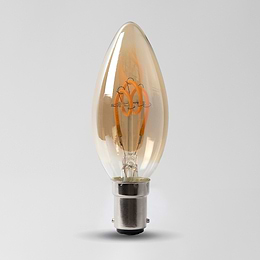LED Light Bulb Buying Guide
LED Light Bulb Buying Guide
LED light bulb technology has come a long way in recent years. However, with so many different options out there, choosing the right LED bulb for your fitting, surroundings, and needs can be tricky. With our LED light bulb guide, you'll be able to make the right decision, easily. Check out these four simple steps when choosing your perfect LED light bulb.
1. Cap Size
Light bulb fittings, also known as caps or bases, come in various shapes and sizes. The first step in any bulb purchase is to therefore identify the correct light bulb fitting that you need. Some of these fittings such as bayonet and screw caps are very similar, it's just their size that is different. For example, a B15 is a much smaller fitting than a B22.
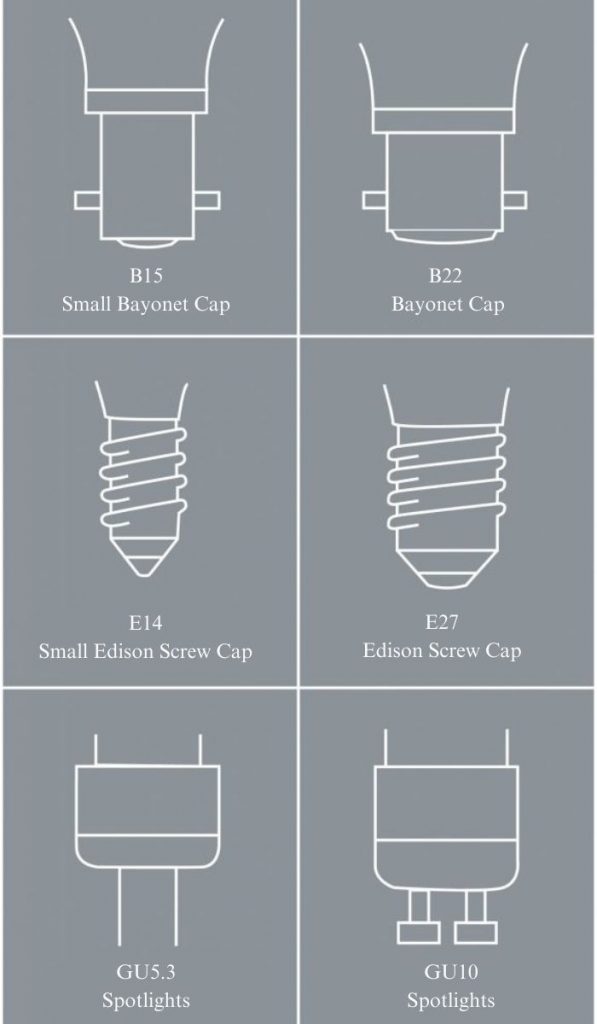
Read our guide to cap fittings
2. Light Bulb Shapes
Each different light bulb shape provides a slightly different spread of light. They will also come in different sizes as well as complement different fittings and positions. Some of the more popular bulb shapes, shown in the chart below include Traditional (GLS), Spiral, Candle, Spot, Golf, Downlight, Globe and Stick bulbs.
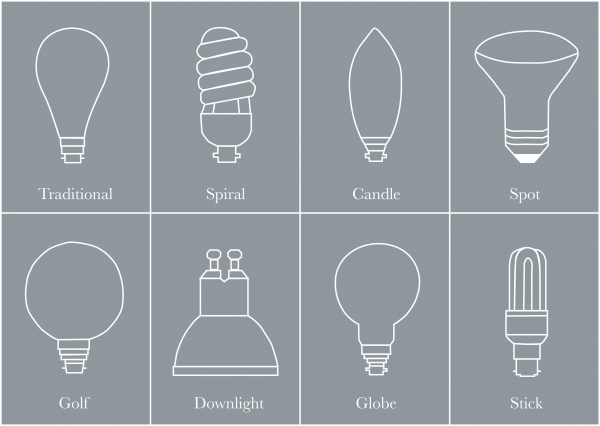
One of the biggest factors in choosing a bulb shape is personal preference, however, some shapes work better than others in certain situations. For example, chandeliers suit candle bulbs more than other types.
Read our light bulb shape guide
3. Lumens (Brightness)
LED Light bulb brightness is stated in lumens (often shortened to lm). This information is available in the ‘Technical’ tab of all of our light bulb product pages.
With traditional inefficient incandescent bulbs of the past, brightness was predominantly gauged in watts. Modern efficient LED light bulbs also give a watt measurement. However, because they are so efficient, and the energy consumption (measured in watts) is very small, it can be difficult to relate incandescent watts brightness to LED watts brightness.
Lumens are viewed as a more reliable measure of the brightness of an LED bulb. The higher the number of lumens, the brighter the light.
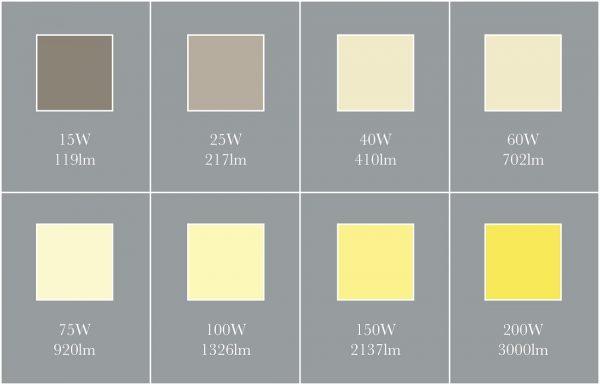
When thinking about the lumens, consider where the light will be situated and how bright the light needs to be.
4. Colour Temperature
If you've been looking for LED light bulbs, you may have noticed that they often come with a colour temperature rating. This is in the format of a number, followed by a K, and often accompanied by a description such as warm white or cool white. Like many people, you may be wondering what it means and which colour temperature you should go for.
The colour temperature of a bulb describes the appearance of its light. White is the common colour of light that most bulbs emit, but that light can range from warm (a more orangey colour) to cool (a bluey white colour).
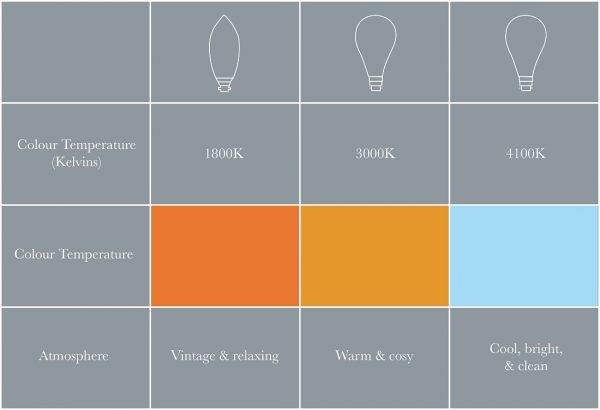
Colour temperature is measured in degrees Kelvin on a scale from 1,000 to 10,000. So when you see the number 3000K or 4100K for example, the K stands for Kelvins.
Read our guide to colour temperature
Having read our LED light bulb guide, you should now have a better understanding of the main factors when choosing an LED light bulb.
With the cost of living rising faster than ever, you might also be interested in learning more about the life expectancy and the longevity of LED bulbs, as well as their cost savings. LED lighting is a smart move to make.
Read about the longevity of LED bulbs.
Browse our wide range of high quality LED bulbs now.
[related_products is_auto_added="1"]


